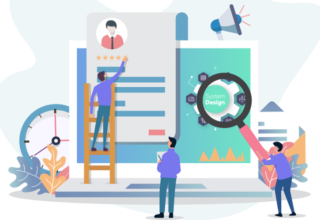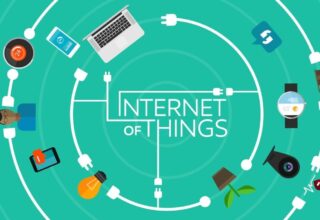Unit 1. Get started
Lesson 1: Build your first app
1.0: Introduction to Android
1.1: Create Your First Android App
1.2: Layouts, Views and Resources
1.3: Text and Scrolling Views
Lesson 2: Activities
2.1: Understanding Activities and Intents
2.2: The Activity Lifecycle and Managing State
2.3: Activities and Implicit Intents
Lesson 3: Testing, debugging, and using support libraries
3.1: The Android Studio Debugger
3.2: Testing your App
3.3: The Android Support Library
Unit 2. User experience
Lesson 4: User interaction
4.1: User Input Controls
4.2: Menus
4.3: Screen Navigation
4.4: RecyclerView
Lesson 5: Delightful user experience
5.1: Drawables, Styles, and Themes
5.2: Material Design
5.3: Providing Resources for Adaptive Layouts
Unit 3. Working in the background
Lesson 6: Background Tasks
6.1: AsyncTask and AsyncTaskLoader
6.2: Connect to the Internet
6.3: Broadcast Receivers
6.4: Services
Lesson 7: Triggering, scheduling and optimizing background tasks
7.1: Notifications
7.2: Scheduling Alarms
7.3: Transferring Data Efficiently
Unit 4. All about data
Lesson 8: Preferences and Settings
8.1: Storing Data
8.2: Shared Preferences 9.2: App Settings
Lesson 9: Storing data using SQLite
9.1: SQLite Primer
9.2: SQLite Database
Lesson 10: Sharing data with content providers
10.1: Share Data Through Content Providers
Lesson 11: Loading data using loaders
11.1: Loaders
Unit 5. What’s Next?
Lesson 12: Permissions, Performance and Security
12.1: Permissions, Performance and Security
Lesson 13: Firebase
13.1: Firebase
Lesson 14: Publish!
14.1: Publish!






